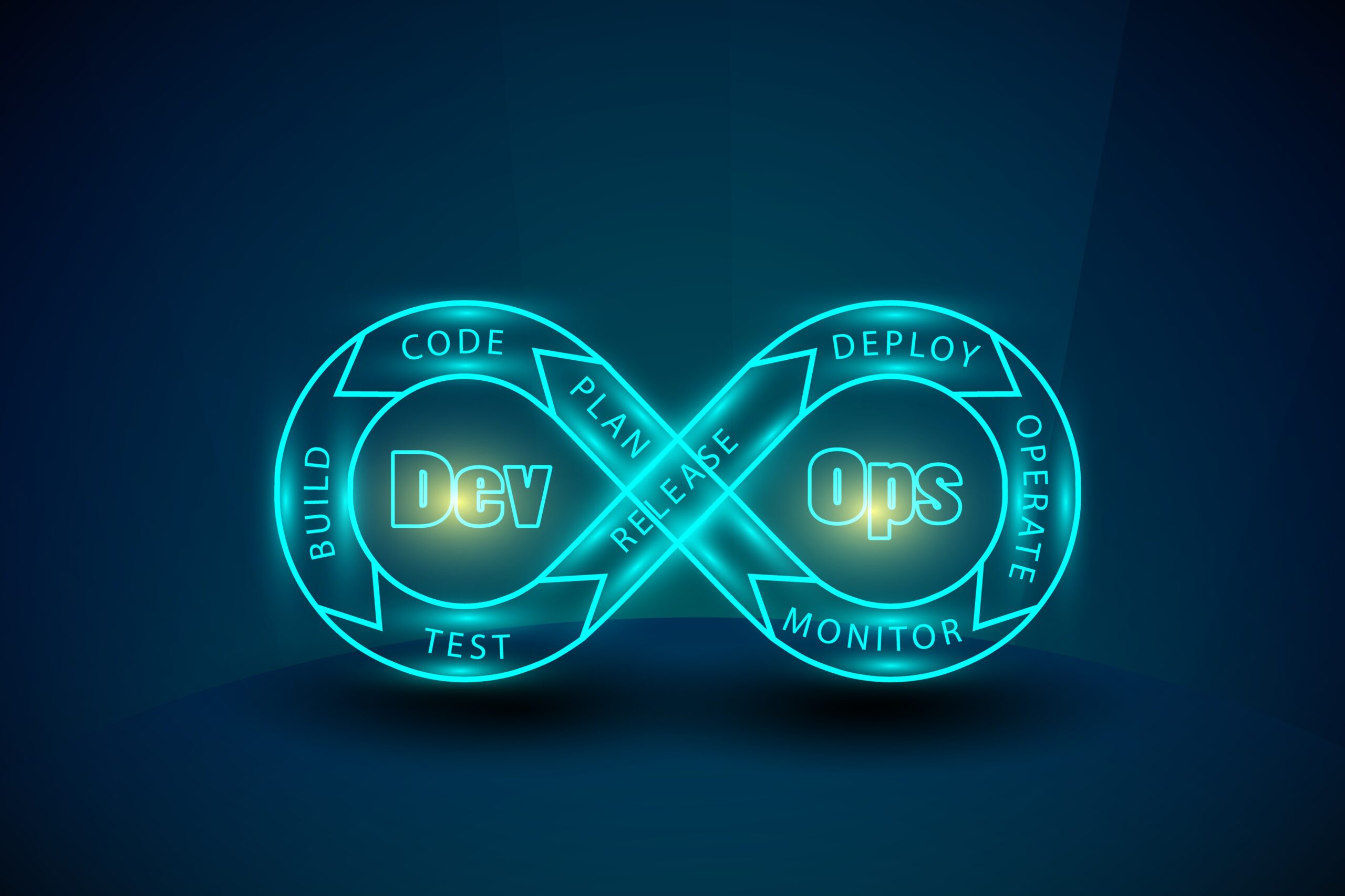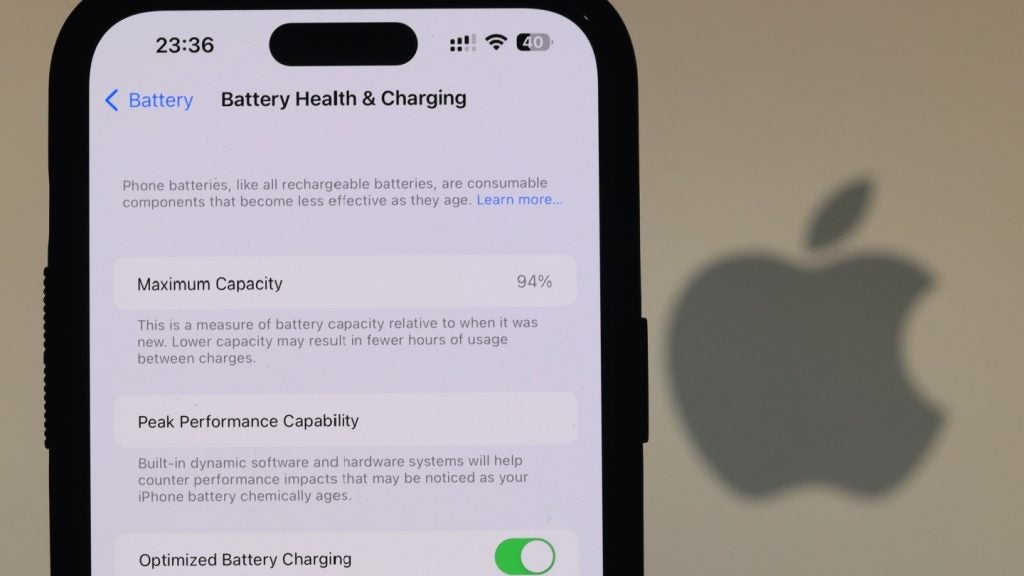
Top telco and networking companies gathered to discuss trends around 5G, software-defined networking (SDN) and security at the Open Networking Summit in San Jose, US, earlier this month.
Executive keynotes outlined the importance of these advanced networking capabilities for shoring up digital transformations and cloud-native implementations, going so far as to describe their role in new application development and deployment approaches involving Kubernetes containers and microservices architectures.
Telecom DevOps
But, these evolving market segments are far from the grasp of traditional infrastructure providers such as Ericsson, AT&T and Huawei. To quote an open source software (OSS) executive attending the conference: telco is eight years behind enterprise in DevOps progress.
That is not to say telco is not innovating; it’s just that they’ve got higher priorities involving the rollout of 5G networks and setting up edge computers leveraging OpenStack while grappling with supporting adequate levels of orchestration and security. Telcos also have different market expectations. While they’re keen to exploit these new DevOps opportunities, their customers have been slow to bridge the gap between networking and DevOps. Moving from a traditional data centre and VM world and into modern app development architectures involves complex configuring and management skills.
With that said, as the industry continues to enhance containerisation, Kubernetes, and microservices architectures and tools through CICD (continuous integration, continuous deployment) methodologies, networking providers will continue to create a modern infrastructure which leverages software (eg, SDN, NFV) and OSS to better align itself with a DevOps model.
New opportunities
Involvement in OSS projects, such as Open Network Automation Platform (ONAP) and others, will help facilitate new market opportunities for telcos.
How well do you really know your competitors?
Access the most comprehensive Company Profiles on the market, powered by GlobalData. Save hours of research. Gain competitive edge.

Thank you!
Your download email will arrive shortly
Not ready to buy yet? Download a free sample
We are confident about the unique quality of our Company Profiles. However, we want you to make the most beneficial decision for your business, so we offer a free sample that you can download by submitting the below form
By GlobalDataKey telco/networking DevOps projects which promise to open new opportunities include:
• Kata Containers – The OpenStack Foundation-based OSS project helps ensure a secure container infrastructure, which is important because containers do not have the same levels of security as VMs.
• ONAP – The OSS automated networking standard is a common platform for telecommunications, cable, and cloud operators and solution providers to provide differentiated network services.
• Open Platform for Network Function Virtualization (OPNFV) – The Linux Foundation project facilitates the development and evolution of NFV components across various OSS systems.
• Airship – The one-year-old open infrastructure project aims to ease the process of deploying cloud infrastructures, launched by AT&T, SK Telecom, and Intel.
DevOps, projects
Also, here are some examples of DevOps-related infrastructure projects that were on display at the conference:
• Ericsson Cloud Container Distribution (CCD) provides container management and orchestration for Ericsson apps running in a CaaS capacity. It is also a component of Ericsson’s NFVI offering.
• AT&T, considered a major proponent of OSS, is working on technology which supports microservices self-assembly by leveraging what it refers to as intelligent configurations. The microservices are able to detect other services connected to them, and when a change occurs (ie, an app versioning update), the microservices automatically change.
In the meantime, infrastructure providers will seek out new DevOps opportunities faster through acquisitions. Two recent examples include VMware’s acquisition of Heptio and F5’s acquisition of NGINX. If vendors can absorb integration challenges associated with culturally different startups, acquiring DevOps-related technologies may be the most practical approach, at least for now.








Related Company Profiles
SK Telecom Co Ltd
VMware Inc